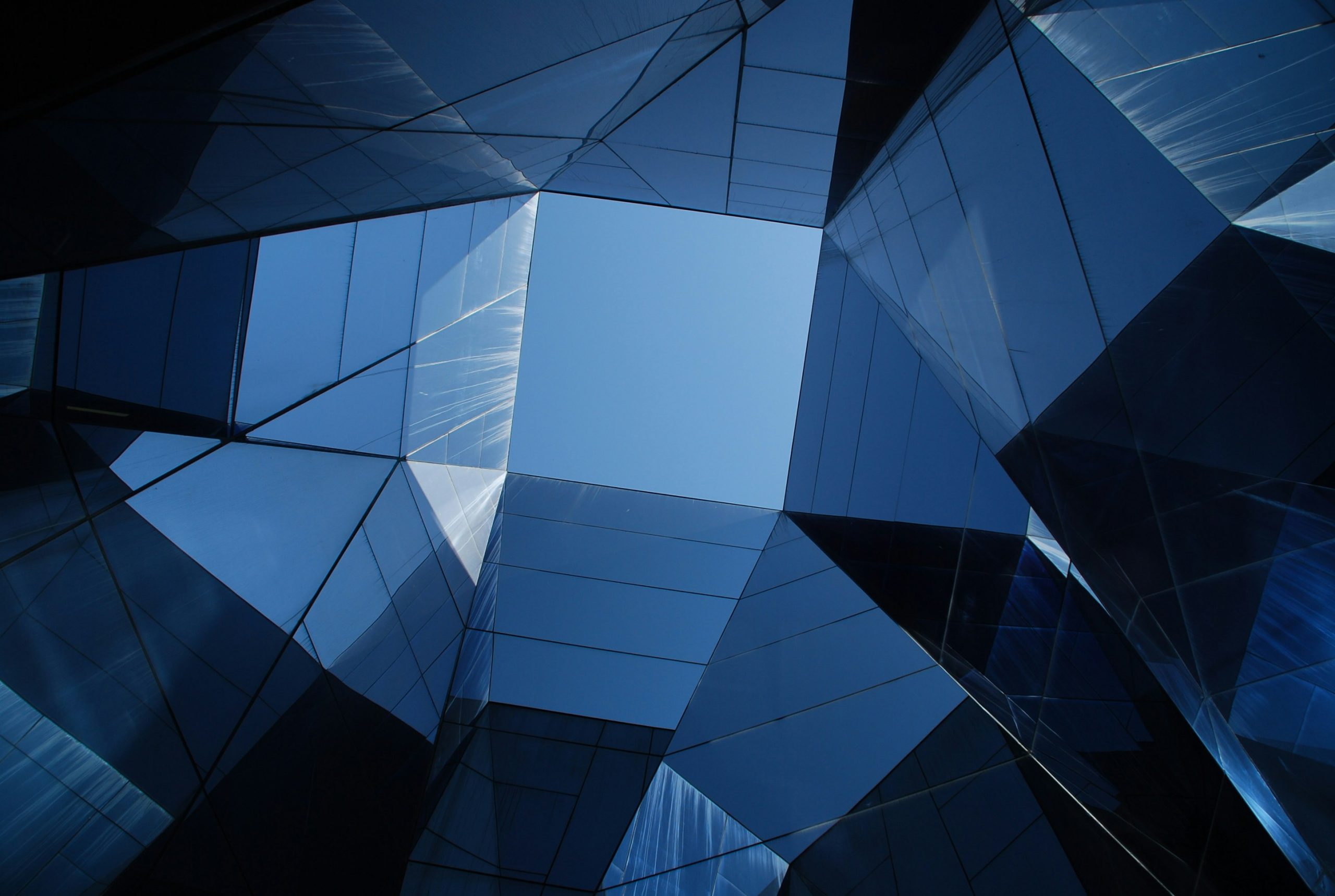Islamic Art: Calligraphy and Geometry

Hey there, amazing readers! 🖐️ Just a quick note: yes, we know there are a lot of ads here. Trust us, we get it—it’s not the prettiest look, but they help us keep this blog alive and kicking. Those pesky little ads cover the costs of all the behind-the-scenes magic, from hosting and tech stuff to creating content we hope you’ll love.
We’re committed to delivering quality posts, and your support (even just sticking around despite the ads) means everything to us. So, bear with us, and thanks for helping us keep the good vibes rolling. Now, on to the fun stuff! 😉
TRANSLATE BUTTON AT THE END OF THE ARTICLE
Introduction to Islamic Art
Islamic art is a rich and diverse form of artistic expression that encompasses various mediums, including calligraphy and geometric patterns.
This art form has a deep-rooted history and cultural significance that dates back centuries, showcasing the creativity and craftsmanship of Muslim artists from different regions around the world.
One of the most prominent features of Islamic art is the use of calligraphy, where Arabic script is beautifully incorporated into various artistic forms.
Additionally, geometric patterns play a significant role in Islamic art, symbolizing unity, order, and harmony.
The combination of calligraphy and geometry creates a unique visual language that is both aesthetically pleasing and spiritually profound.
Significance of Calligraphy in Islamic Art
Calligraphy holds a special place in Islamic art due to its association with the Quran, the holy book of Islam.
Muslims believe that the Quran is the literal word of God, and as such, calligraphy is used to visually represent the beauty and sanctity of the text.
Arabic script is considered a divine art form in Islamic culture, with skilled calligraphers dedicating years to mastering various styles and scripts.
Calligraphy is not just a mode of artistic expression; it is a way to connect with the divine and convey the spiritual essence of the text.
Through calligraphy, artists can evoke emotions, inspire contemplation, and enhance the overall aesthetic appeal of Islamic art.
History of Islamic Calligraphy
The history of Islamic calligraphy dates back to the 7th century, following the emergence of Islam in the Arabian Peninsula.
As the Islamic empire expanded, so too did the art of calligraphy, with different regions developing their unique styles and scripts.
From the Kufic script of early Islamic inscriptions to the cursive Naskh and elegant Thuluth styles, Islamic calligraphy evolved over time, reflecting the cultural diversity and artistic ingenuity of Muslim societies.
Calligraphy became a highly respected and revered art form, with calligraphers gaining recognition for their skill and creativity.
Today, Islamic calligraphy remains a vital aspect of Islamic art, with contemporary artists blending tradition with innovation to create stunning works of art.
Beauty of Geometric Patterns in Islamic Art
Geometric patterns are another fundamental element of Islamic art, with intricate designs adorning mosques, palaces, and manuscripts.
These patterns are not merely decorative; they hold symbolic meaning and convey spiritual concepts such as unity, infinity, and balance.
Islamic geometric patterns are characterized by their repetitive motifs, intricate symmetry, and mathematical precision.
The beauty of these patterns lies in their complexity and visual harmony, creating a mesmerizing effect that captivates the viewer.
Geometric patterns in Islamic art are designed to evoke a sense of wonder, contemplation, and spirituality, inviting viewers to reflect on the order and beauty of the natural world.
Role of Geometry in Islamic Art
Geometry plays a crucial role in Islamic art, serving as the foundation for the intricate designs and patterns found in calligraphy, architecture, and decorative arts.
Islamic artists use geometric principles such as symmetry, proportion, and tessellation to create visually stunning compositions that reflect the order and harmony of the universe.
Geometry is not just a decorative element in Islamic art; it is a symbolic language that conveys deeper philosophical and spiritual concepts.
By incorporating geometric patterns into their artwork, Islamic artists seek to express the interconnectedness of all things and the divine order that underpins the cosmos.
Harmony between Calligraphy and Geometry
One of the most striking aspects of Islamic art is the seamless integration of calligraphy and geometric patterns, creating a harmonious visual language that is both intellectually stimulating and emotionally evocative.
Calligraphy and geometry are not separate entities in Islamic art; they are interconnected elements that work together to convey spiritual and aesthetic ideals.
The fluidity of Arabic script complements the precision of geometric patterns, resulting in a balanced composition that is pleasing to the eye and rich in symbolism.
The harmony between calligraphy and geometry reflects the unity of God and the interconnectedness of all creation, reinforcing the spiritual significance of Islamic art.
Techniques used in Islamic Calligraphy
Islamic calligraphy encompasses a wide range of techniques and styles, each requiring precision, skill, and artistic flair.
Calligraphers use specialized tools such as reed pens, inks, and paper to create intricate designs and elaborate scripts.
Different scripts, such as Naskh, Thuluth, and Diwani, offer a variety of stylistic options for calligraphers to explore.
Techniques such as proportional spacing, pen angles, and stroke thickness are essential for achieving the desired aesthetic effect in Islamic calligraphy.
Calligraphers often spend years honing their craft, practicing diligently to master the art of beautiful writing and create stunning works of calligraphic art.
Symbolism in Islamic Calligraphy
Islamic calligraphy is rich in symbolism, with each script and style carrying its unique meaning and significance.
The fluid, flowing lines of Arabic script are not just letters; they are symbols of divine beauty, wisdom, and power.
Calligraphers carefully choose scripts and phrases that convey spiritual messages and evoke contemplation in the viewer.
The placement of calligraphy in Islamic art is also significant, with artists strategically incorporating text into their compositions to enhance the overall meaning and visual impact.
Through calligraphy, artists express their devotion to God, convey messages of peace and unity, and celebrate the beauty of the Arabic language.
Influence of Islamic Art on Modern Design
Islamic art has had a profound influence on modern design, with its geometric patterns, intricate calligraphy, and rich colors inspiring artists, architects, and designers around the world.
The beauty and complexity of Islamic art have found their way into contemporary design trends, from fashion and interior design to graphic design and digital media.
The symmetrical patterns and decorative motifs of Islamic art have been adapted and reinterpreted in various creative fields, adding a touch of elegance and sophistication to modern aesthetics.
The spiritual and cultural significance of Islamic art continues to resonate with audiences globally, transcending boundaries and inspiring creativity in diverse artistic disciplines.
Preservation of Islamic Art Traditions
The preservation of Islamic art traditions is essential to safeguarding the rich heritage and cultural legacy of Muslim societies.
Institutions, museums, and art conservationists play a vital role in preserving and promoting Islamic art through exhibitions, research, and educational programs.
By raising awareness about the significance of Islamic art and supporting artists and craftsmen, we can ensure that these timeless traditions continue to thrive and inspire future generations.
The conservation of historic mosques, palaces, and manuscripts is also crucial in maintaining the authenticity and integrity of Islamic art, allowing us to appreciate the beauty and craftsmanship of these ancient treasures for years to come.
Evolution of Calligraphy in Islamic Art
Over centuries, Islamic calligraphy has undergone a process of evolution and innovation, adapting to changing cultural and artistic trends while maintaining its traditional roots.
Calligraphers continue to explore new styles, techniques, and materials, pushing the boundaries of this ancient art form while honoring its heritage.
Contemporary calligraphers are experimenting with digital tools, mixed media, and unconventional surfaces to create bold and expressive works that challenge conventional notions of calligraphy.
Despite these modern advancements, the core principles of Islamic calligraphy remain intact, emphasizing the importance of beauty, harmony, and spirituality in artistic expression.
The evolution of calligraphy in Islamic art reflects the dynamic nature of creativity and the enduring legacy of this timeless art form.
Exploring the Diversity of Islamic Art
Islamic art is not monolithic; it encompasses a diverse range of styles, traditions, and cultural influences that reflect the complexity and richness of Muslim societies worldwide.
From the intricate tile work of Andalusia to the vibrant miniature paintings of Persia, Islamic art is a testament to the creativity and ingenuity of artists from different regions and time periods.
Each region has its unique aesthetic sensibilities and artistic traditions, contributing to the vast tapestry of Islamic art.
By exploring the diversity of Islamic art, we gain a deeper appreciation for the artistic achievements of Muslim civilizations and the enduring legacy of this vibrant cultural heritage.
Islamic art is a treasure trove of artistic expression, offering a window into the beauty, spirituality, and diversity of the Islamic world.
Conclusion
Islamic art, with its intricate calligraphy and mesmerizing geometric patterns, is a testament to the creativity, skill, and spiritual depth of Muslim artists throughout history.
The significance of calligraphy in Islamic art goes beyond mere aesthetics; it is a means of connecting with the divine and conveying profound spiritual messages.
Geometric patterns in Islamic art symbolize unity, order, and harmony, reflecting the interconnectedness of all things in the universe.
The harmony between calligraphy and geometry in Islamic art creates a visually stunning and intellectually stimulating experience for viewers, inviting them to contemplate the beauty and complexity of the natural world.
As we continue to explore the diversity and richness of Islamic art, we gain a deeper understanding of the cultural heritage and artistic achievements of Muslim civilizations, ensuring that these timeless traditions are preserved and celebrated for generations to come.

The Enlightenment Journey is a remarkable collection of writings authored by a distinguished group of experts in the fields of spirituality, new age, and esoteric knowledge.
This anthology features a diverse assembly of well-experienced authors who bring their profound insights and credible perspectives to the forefront.
Each contributor possesses a wealth of knowledge and wisdom, making them authorities in their respective domains.
Together, they offer readers a transformative journey into the realms of spiritual growth, self-discovery, and esoteric enlightenment.
The Enlightenment Journey is a testament to the collective expertise of these luminaries, providing readers with a rich tapestry of ideas and information to illuminate their spiritual path.
Our Diverse Expertise 🌟
While our primary focus is on spirituality and esotericism, we are equally passionate about exploring a wide range of other topics and niches 🌍📚. Our experienced team is dedicated to delivering high-quality, informative content across various subjects ✨.
To ensure we provide the most accurate and valuable insights, we collaborate with trusted experts in their respective domains 🧑🏫👩🏫. This allows us to offer well-rounded perspectives and knowledge to our readers.
Our blog originally focused on spirituality and metaphysics, but we’ve since expanded to cover a wide range of niches. Don’t worry—we continue to publish a lot of articles on spirituality! Frequently visit our blog to explore our diverse content and stay tuned for more insightful reads.





